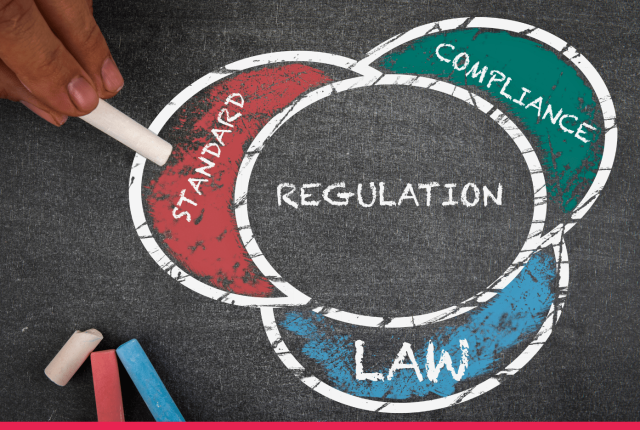
Environmental and Social Safeguards: Building Sustainable and Responsible Infrastructure
Introduction
Infrastructure development is a key driver of economic growth, but it must be undertaken responsibly to minimize environmental and social impacts. Integrating robust environmental and social safeguards ensures that projects contribute to sustainable development while mitigating risks. This is particularly crucial for large-scale initiatives like the LAPSSET Corridor Project, which spans multiple countries and ecosystems.
The Importance of Environmental and Social Safeguards
Infrastructure projects often have far-reaching consequences, affecting ecosystems, communities, and economies. Key concerns include:
- Biodiversity loss due to land clearing and habitat destruction.
- Pollution and waste management challenges from construction activities.
- Community displacement and potential loss of livelihoods.
- Social conflicts arising from inadequate stakeholder engagement.
By implementing safeguards, developers can address these risks proactively, ensuring that projects align with international sustainability standards.
Understanding Environmental and Social Impact Assessments (ESIAs)
An Environmental and Social Impact Assessment (ESIA) is a critical tool for identifying, assessing, and managing potential project impacts. ESIAs help:
- Identify key environmental risks and propose mitigation measures.
- Assess social implications, such as displacement and employment opportunities.
- Ensure compliance with international sustainability frameworks, such as the IFC Performance Standards and the Equator Principles.
Implementing Effective Mitigation Measures
To mitigate environmental and social risks, infrastructure projects must adopt comprehensive strategies, including:
1. Sustainable Land Use Planning
- Conduct biodiversity assessments before project initiation.
- Avoid ecologically sensitive areas and implement habitat restoration programs.
2. Community Engagement and Social Inclusion
- Engage local communities from project inception to completion.
- Develop resettlement plans that prioritize fair compensation and alternative livelihood programs.
- Promote local employment and training programs to ensure economic benefits for affected populations.
3. Pollution Control and Waste Management
- Implement eco-friendly construction techniques.
- Ensure proper waste disposal and recycling initiatives.
- Use renewable energy sources where possible.
4. Compliance with International Standards
- Adhere to the Equator Principles for responsible project financing.
- Align with the African Development Bank’s Environmental and Social Safeguards.
- Conduct independent third-party audits to ensure compliance.
LAPSSET’s Commitment to Sustainability
The LAPSSET Corridor Project has incorporated several sustainability initiatives, including:
- Eco-friendly port development in Lamu to minimize marine biodiversity disruption.
- Afforestation programs along transport corridors to offset carbon emissions.
- Public-private partnerships to enhance compliance with international environmental and social best practices.
The Role of Stakeholders in Ensuring Sustainable Infrastructure
Achieving sustainability requires collaboration among governments, investors, local communities, and environmental organizations. Key roles include:
- Governments: Enforce regulatory frameworks and environmental laws.
- Investors: Fund projects that meet high sustainability standards.
- Communities: Provide local insights and participate in decision-making.
- NGOs and watchdog organizations: Monitor compliance and advocate for responsible practices.
Conclusion: Building a Responsible Future
Sustainable infrastructure development is essential for Africa’s growth, but it must not come at the expense of the environment or local communities. By prioritizing environmental and social safeguards, projects like LAPSSET can set a precedent for responsible development, ensuring long-term benefits for both people and the planet.
Call to Action
Join the conversation on sustainable infrastructure. Share this article and subscribe to our updates to stay informed about the latest developments in responsible project planning and execution.



Leave a Reply